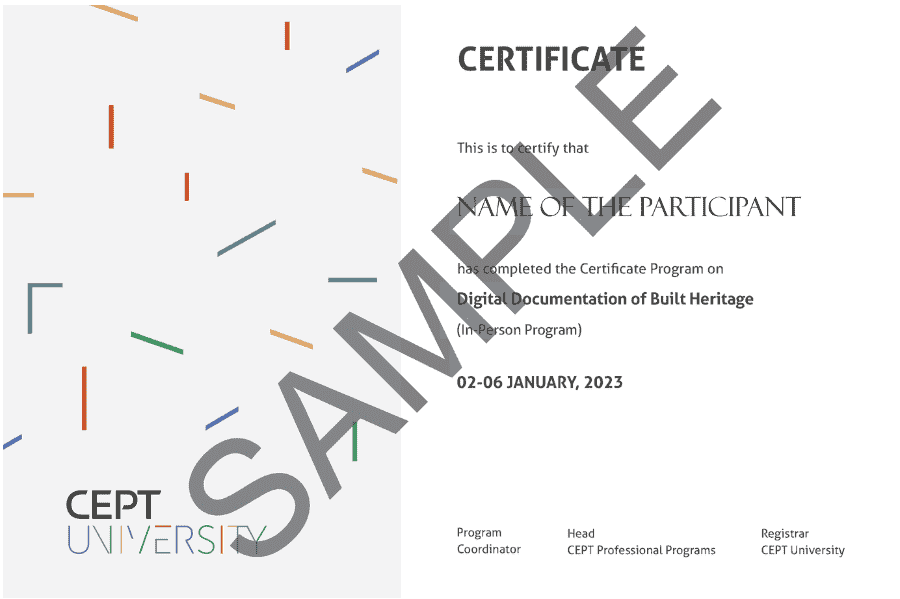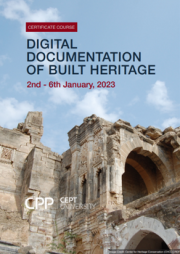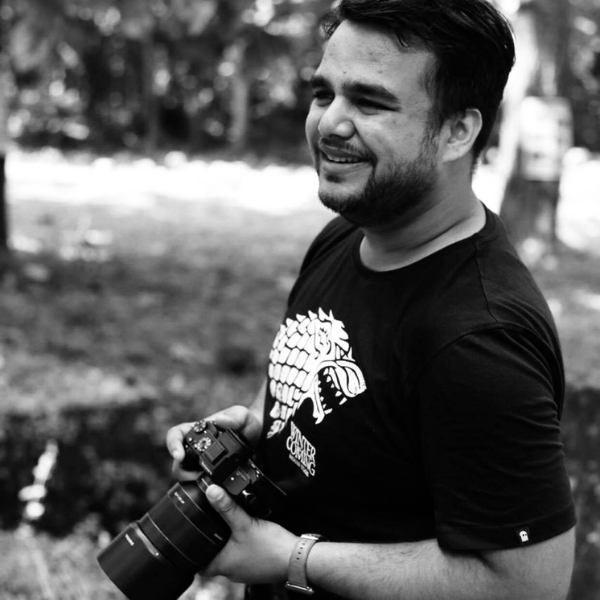- 02 Jan 2023 to 06 Jan 2023
- 24 hours | 5 days
- On-Site
- Certificate of Completion
- INR 20000 + GST
- For Students, Young Professionals, Teachers and Researchers from architectural conservation, heritage management, architecture, design, civil and structural engineering or allied fields.
About
This 5-day workshop aims to develop the skill for digital documentation of historic buildings and structures through hands-on engagement. It will be conducted at CEPT Conservation Site School at Pragmahal, Darbargadh, Bhuj in Kutch, Gujarat - an initiative of the Center for Heritage Conservation (CHC), CRDF, in collaboration with local communities. The course will be supported by Pragmahal, MMKB Trust, Darbargadh, Bhuj. Methodical documentation is a prerequisite for scientific conservation. It can significantly contribute towards a deeper understanding of built heritage and its existing condition. Digital methods for documentation are emerging as primary tools to record detailed and accurate information within relatively shorter time spans. The course will introduce participants to three techniques - GIS Mapping, Photogrammetry and 3D LiDAR Scanning.
Program Faculty
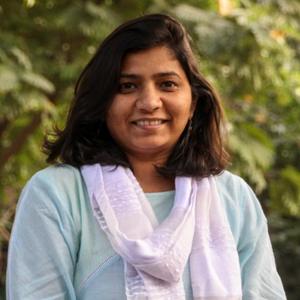
Mrudula Mane
Conservation Architect, Digital Documentation Expert for Built Heritage
Program Lead – Documentation, Center for Heritage Conservation (CHC) at CEPT Research and Development Foundation (CRDF)
Maniyarasan R
Architectural Photographer and Photogrammetry Expert
Associate Professor, CARE School of Architecture, Tiruchirappalli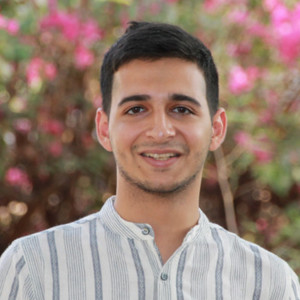
Zeus Pithawalla
Conservation Architect
Research associate, Center for Heritage Conservation (CHC) at CEPT Research and Development Foundation (CRDF)Guest Speakers
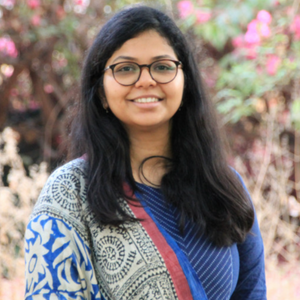
Dr. Shaily Gandhi
Geoinformatics, GIS, Data Science Expert
Deputy Center Head, CAG, CRDF and Program Chair, Geomatics, CEPT UniversityProgram Structure
The course is structured as four independent yet interlinked topics– 1. Principles and methods of documenting for architectural conservation 2. Application of GIS in heritage documentation 3. Architectural Photography and Photogrammetry and 4. 3D LiDAR Scanning for creating a digital twin
-
Day 1: Introduction to the site and overview of the documentation process
The opening day will be an introduction to the site. A brief overview of manual and digital documentation methods and key considerations of applying them in historic environments will be made. This will be followed by a discussion on the prerequisites of the documentation process and the selection of a tool or combination of tools as per the site situations. A guest lecture on GIS will be organized on day one.
-
Day 2: Architectural Photography and Photogrammetric Processes
Day two will be dedicated to systematic documentation of the built heritage through photography, informing participants about selecting appropriate cameras, lenses and settings, understanding light conditions as per the site situations, and capturing information in different formats as per the output requirements. After understanding the fundamental principles of architectural photography and demonstrating the same on-site, the next stage will be capturing photographs for generating photogrammetric output. The demonstration will continue for the processing of the captured data in the prescribed software.
-
Day 3: Architectural Photography and Photogrammetric Processes
The photogrammetric explorations and post-processing will continue on day three.
-
Day 4: Demonstration of recording with 3D LiDAR Scanner
Day four will cover the introduction to the recording technique of 3D LiDAR Scanning. The demonstration will consist of understanding the scanner and its interface, planning for data collection as per the site conditions, and managing the quantity and quality during data capture. The session will conclude with the demonstration of data transfer, registration and creation of a base model for vectorisation and quantification.
-
Day 5: Post-processing of data captured
Day five will reflect upon the fieldwork carried out during the first four days. All the data will be collected and compiled in output to understand the advantages and limitations of each method. The aim is to gain insights for optimizing the time and efforts required for the documentation of built heritage while improving the accuracy and quality of the record.
Hear from Past Learners
Applications and Admissions
The Course is open to Students, Teachers, Researches and Professionals of architectural conservation, heritage management, architecture, design, civil and structural engineering or any other field allied to built-environment studies and heritage studies.
Applications are open. To apply to the course, applicants should complete the online form and attach their CV/resume.
Please note that the deadline for this course is indicative. All applications will be considered as they are received and seats will be allotted on first come first serve basis. Admissions will be closed once all seats are full.
Participants will receive a certificate on successful completion of the course after an evaluation.
Sample Certificate
